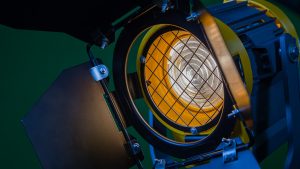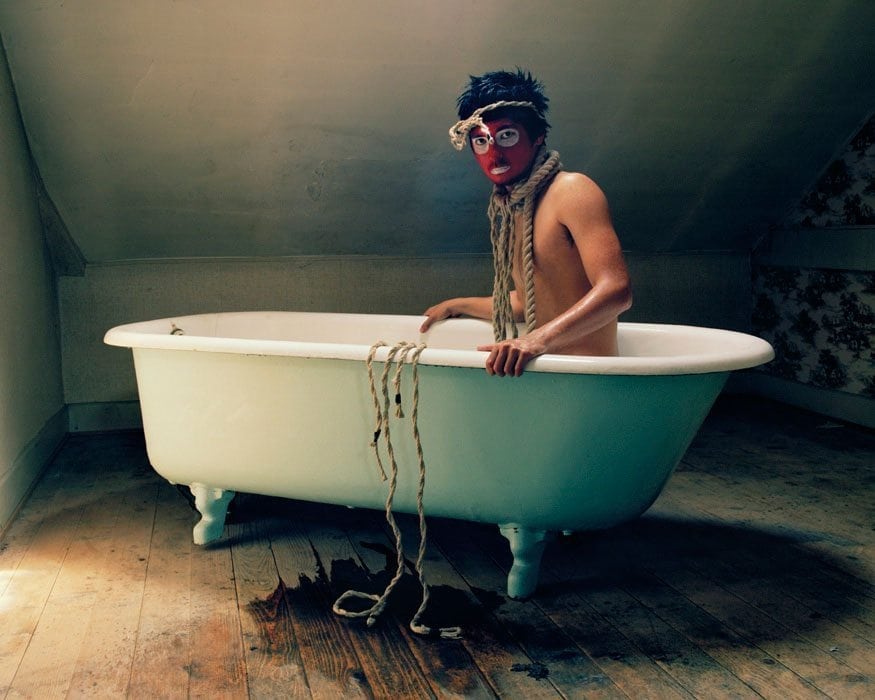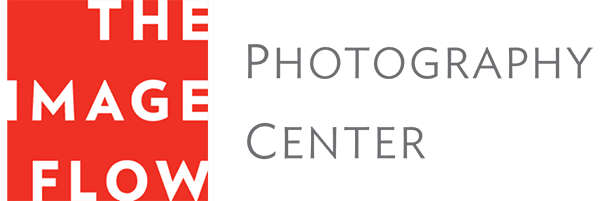

It is no secret that the medium of photography has become increasingly complicated by the advent of the digital age. Nearly every image we encounter—from advertising and billboards to packaging and fine art—receives some level of digital treatment before arriving in our periphery. Altered images have become so commonplace that they are no longer questioned.
Knowing this, why then is there a persisting notion of photography as a mechanism of truth? It seems to exist as a residual concept of the photograph as something objective and substantiated by its relationship to reality.
But what we perceive to be real is malleable and shifting. This is where my personal interests in photography seem to manifest, in a space where artists are free to toy with the artifice that is inherent to photographs. Through individual choices regarding process, presentation, and content, the following are a few contemporary photographic artists that tread the boundaries of illusion and reality.
Noemie Goudal is a graduate of the Royal College of Art in London whose work deals with many of the aforementioned ideas surrounding constructs of visual imagery, particularly landscape. Her images seem to recall a formalism that is relatively traditional to landscape as a genre, but on closer inspection, it becomes evident that our eyes are being deceived.
Central to her practice is an element of intervention; Goudal injects her images with artificiality using a number of different techniques. For example, in Iceberg, the viewer is presented with a scene reminiscent of the romance and majesty of the Arctic region. This quickly becomes transformed when we realize that the serene block of “ice” in front of us is, in fact, a piece of polystyrene foam chiseled and set afloat by the artist, calling attention to the tenuous relationship between sight and truth.
Photo © Noemie Goudal
In other works, such as Satellite II and Reservoir, Goudal experiments with the duality of man-made and natural spaces, inserting one into the other and vice-versa. Through the use of printed materials, the artist strategically places her own photographs into new settings to be re-photographed, creating a disorienting juxtaposition of spaces that seem to bleed together.
Photo © Noemie Goudal
To further complicate the subject, Goudal will also include images that feel modified, yet are unaltered by the artist. Such is the case with the image Well, which presents a surreal looking World War II bunker partially submerged in water. Through combination, these images speak to an inability to trust the visible, yet they open worlds of possibility when we discard our preconceptions of what a photograph should contain.
Photo ©Jaimie Campbell
Jamie Campbell holds a BFA from Ryerson University in Toronto and an MFA from Concordia University in Montreal. His working process seems at times situated between different techniques; some images appear very formal in composition, sharp and filled with the detail of 4 x 5 film while others exhibit a much more low-fi quality—grainier, more casual. He will sometimes call attention to the passage of time by presenting sequential frames from a 35mm strip, moments apart. By focusing on content as opposed to a consistent medium, Campbell places these disparate approaches into a dialogue together, questioning the authenticity of one over the other.
Photo ©Jaimie Campbell
Campbell uses this tactic to great effect in his series This Will Never Last, the title of which hints at the artist’s perception of photography as a practice. In Campbell’s artist statement regarding the project, he states “I’m not sure why, but when I look at this series of physical photographs, I feel like every individual moment has been lost. It is there, in a haunting visual form in front of me, but these moments (contradictory to the medium’s intention) will never last.”
Photo ©Jaimie Campbell
It is evident that Campbell views photography as a vessel of nostalgia, using it to present the world as he perceives it—or in some cases, to recreate his own lost moments. On his Tumblr account (where he delves wonderfully into the background of some of his works), he describes the catalyst for a recreated beach moment, recalling a particular time when he was affected by the photographic impulse:
“We were on the island and the beach. It was summer. The water was the warmest it had been all year. I don’t need a photograph to remind me of those types of things. I remember looking up and Sabrina had come out of the water and was near the water’s edge. I, at that moment, was behind her on the sand. She had her towel around her head, and it draped down carelessly. Everything sort of came together—the gesture and posture, the light, the color, the ambiguity of figure—just all these wonderful things. I don’t know why I didn’t just take the photo where I was? Instead, I walked around to the front of her and snapped this photo on the left and forgot about it.
When I later looked at the film, everything was off. It was not how I wanted to remember that moment. I didn’t want to be in front of her. I wanted to be viewing her from my original position, behind her, on the sand. I wanted all the elements that initially intrigued me to come back together. This explains the photo on the right. This representation, even completely out of context, seems more ‘real’ to me. It is all I want to remember, and one day I am sure it will be all that I do remember.”Photo ©Jaimie Campbell
Through an incredibly personal account of this impressionable moment, the artist examines the imperfect relationship between photographs and physical experience. In this instance, photography has allowed Campbell to revise his mistake, and in doing so, to correct his memory of this event. These are the liberties that this medium affords its practitioners, a chance to relive whatever version of events we choose to create.
Photo ©David Favrod
David Favrod was born in Kobe, Japan, to a Japanese mother and a Swiss father. In one of his artist’s statements, he describes how his upbringing—raised primarily by his mother while his father traveled for work—instilled in him many of the traditions and ideals of Japanese culture, though he came of age in Switzerland. He also tells of his rejection for dual citizenship by the Japanese embassy, as it is a privilege traditionally reserved for Japanese women wishing to obtain the nationality of their spouse.
Much of Favrod’s work is spurred by this juxtaposition of countries, centering around conflicts of cultural identity, family histories, and the influence that the events of World War II have had on each of these. An image like Himeji seems to exist as the quintessential metaphor for this cultural conflict. While Favrod certainly could have traveled to this renowned castle to photograph it in person, he chooses to present it to his audience with a degree of removal. He displays this pinnacle of Japanese architecture in the form of an idealized postcard-like puzzle, pieced together with precision, yet unable to live up to the real thing.
Photo ©David Favrod
The sequence of images in his work displays a wonderfully disorienting entropy, blending historical fact, popular culture, and family accounts into a tumbling narrative of self-discovery. In pieces like Godzilla and Fujiyama, Favrod’s minimal interventions seem almost comical and lighthearted, while somehow maintaining a reverent nod to their respective Japanese icons—whether they exist or not.
Favrod’s visual style remains consistent even across multiple genres; portraits, still life, and landscape are interwoven, integral components to his story. Stylized with a certain romanticism, they are simultaneously potent yet minimal representations of a truly personal struggle, structured somewhere between fact and fable..
Photo ©David Favrod
Each of the artists presented here has, in his or her own way, embraced the nature of photography as a medium that draws on reality, yet is not bound to it. Nearly as long as the camera has existed, there have been those who use this tool not as a static machine for documenting, but as a portal into the fabricated and subjective. There are some who might view this as impure or somehow unfaithful to the medium. I would argue that, even in their “deception,” these artists use photography to reveal truths of their own making.
— Nathan Lomas

